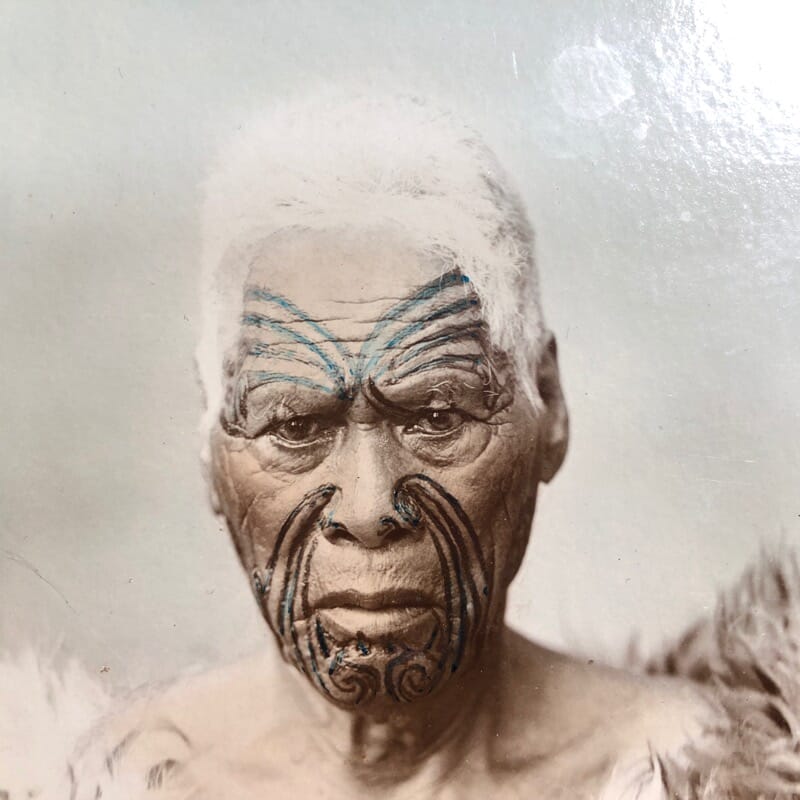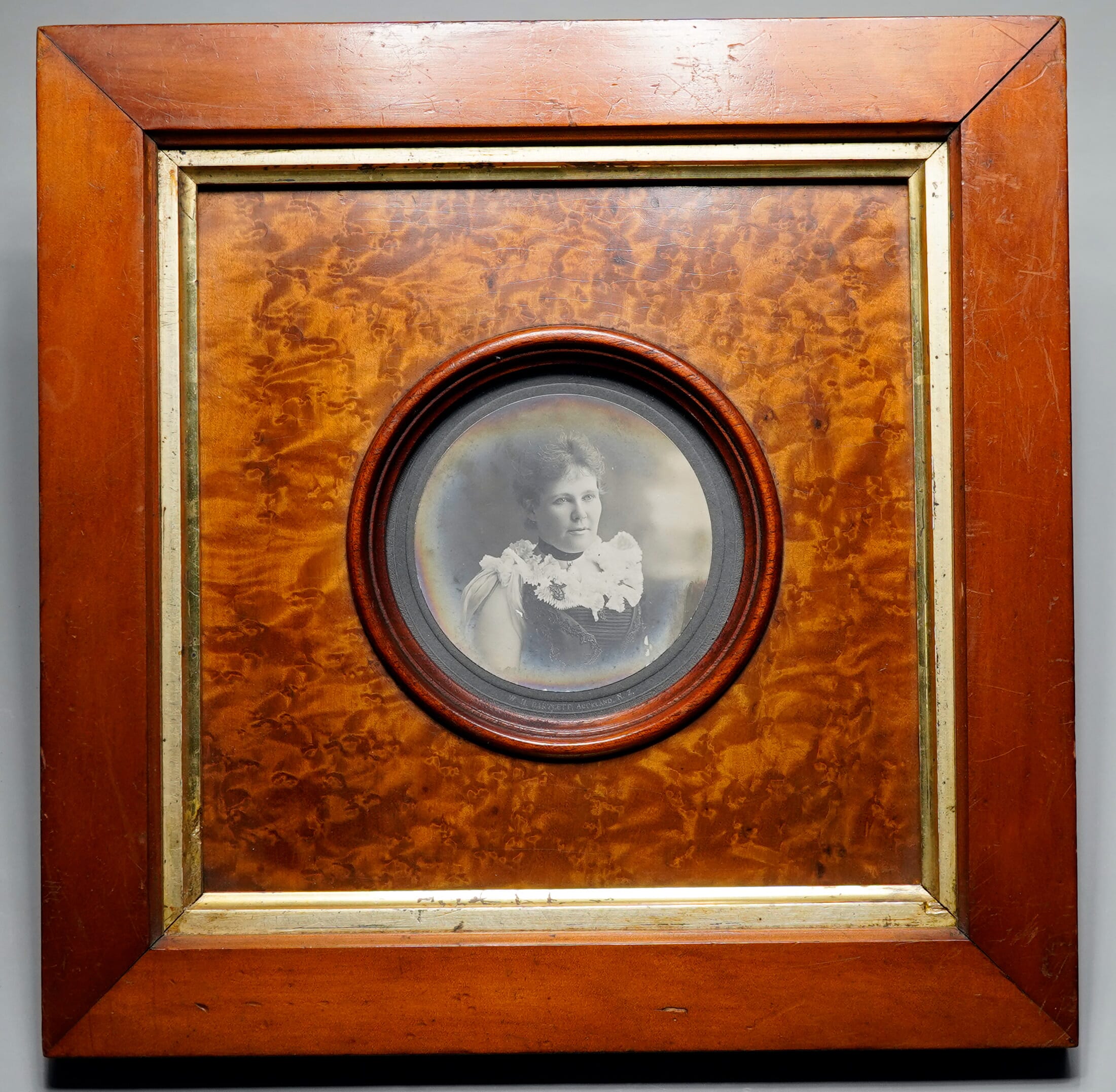New Zealand Greenstone carved hei Tiki, 19th century
Sold
Rare New Zealand Greenstone (nephrite, called pounamu by the Maori) carved hei Tiki, the head facing right with large eyes & open mouth, a suspension hole at top.
Later 19th century
8 cm high
excellent condition with signs of age, a slight patination evident.
Greenstone from New Zealand has a distinct feel, different from Nephrite found elsewhere. It has a special meaning for the Maori, and in 1997, the ownership of all naturally occuring pounamu was handed to the Maori. When Capt. James Cook asked the Maori in Queen Charlotte Sound about the greenstone or pounamu, he was told “…this stone is originally a fish… when you tie a rope to it, and drag it ashore…it becomes a stone”
The ‘hei’ defines something to be worn around the neck, and ‘Tiki’ was the first man of myth.
“Distinct from all of these forms, the jade breast ornament called hei-tiki is the most characteristic and most highly valued of all Maori personal ornaments. In some Maori origin myths, Tiki was the first man, having been created by the god Tane. Thus carvings of human figures in any material whether bone, stone or wood, may be called a tiki. The prefix hei indicates something suspended from the neck, as in hei-tiki and hei-matau. Hei-tiki may be worn by both men and women, usually hanging vertically but sometimes horizontally from a suspension point on the side, especially by women. They are passed down through the generations as family heirlooms, and during a funeral they will be displayed near the deceased, along with other family heirlooms. With their own personal names, many hei-tiki are remembered in tribal songs and oral histories. Most of the mana or prestige of the hei-tiki derives from its close contact with those great ancestors who have worn it in the past, rather than from any magical or mystical meaning. Some would argue for a phallic symbolism in hei-tiki, while others claim that they represent fertility, perhaps in the form of a human embryo. Most commentators would agree that many of the current meanings attached to hei-tiki are relatively recent interpretations of an ancient symbol refined by many generations of artists. It is only natural that such a potent image as the hei-tiki would be subject to continuing reinterpretation. Consequently, any search for the “original meaning” of the hei-tiki is probably futile.”

| Condition | |
|---|---|
| Size | |
| References |
Sold - let us find you another










